I really love learning things by accident – especially if they’re surprising, or personally relevant, or related to my favourite things. And I just hit the trifecta. So here I am, sharing my newfound knowledge with you.
It all started on Twitter (doesn’t everything these days?) when a friend shared a link to a BBC Archive post about gossamer shawls. Coincidentally I’d just taken delivery of my copy of The Magic of Shetland Lace, and was entertaining the notion of knitting some kind of large, elaborate mohair wrap with millions of tiny stitches. Another friend popped by to warn me against ending up covered in mohair, and the conversation turned to fibres we don’t get on with. I mentioned that I can’t wear alpaca – I find it itchy if it touches my skin – but that I’m fine with baby alpaca.
And then someone wondered what changes as the alpaca ages to make my skin dislike it, and so – after a flippant comment about my snowflake skin having a micron limit – off I went to Google it.
Did you know that baby alpaca doesn’t come from baby alpacas? Me neither!
A little further down the rabbit hole, and it turns out that baby alpaca is actually just a term for softer alpaca, which often comes from the chest of the animal. It has nothing to do with the animal’s age! I kept digging and started making a little list of micron values for my favourite and least favourite fibres to wear, and what do you know? I do in fact have a limit! How funny.
If you’ve read my previous posts about yarn bases, then you’ll know that I like to state the micron value for them, so clearly I already knew what microns were about. Put simply, they are a unit of measurement that tells you how fine (and, therefore, how soft) a fibre is. It’s the same unit as a micrometer, i.e. one thousandth of a millimetre. 1 micron = 0.001mm. Teeny tiny! But of course we need a tiny unit to measure a tiny thing, like how thick a strand of sheepy goodness is.
What I really wanted was a chart with common fibres on it, so I could compare visually. I couldn’t find one… so I made one.

Yes, it’s a spreadsheet. I make no apologies. Spreadsheets make everything better! Click on it to see it larger or, if you prefer, there’s a table at the end of the post.
You can see very quickly that the things known as being soft, like cashmere and silk and angora, are on the left end of the chart with low micron values, and that some other fibres not known for their softness are leaning more to the right. I was surprised at how high mohair is, but I think that’s because the mohair I’ve used has been blended with silk. Merino has a really big range and I think that’s something I should be paying more attention to, as my distaste for non-baby alpaca indicates that my personal micron limit is around 20.
Isn’t that wonderful information to have as you’re considering yarns? I think I’m going to keep updating my spreadsheet as I gather more micron information, then whip it out on my phone at yarn shows to do some comparisons as I squish.
| Breed | Microns |
| Alpaca | royal: up to 18 baby: 19-20 superfine: 21-23 |
| Angora | 14-16 |
| BFL | 24-28 |
| Camel | 20 |
| Cashmere | up to 15 |
| Cheviot | 27-33 |
| Corriedale | 24-31 |
| Cotton | 11-22 |
| Flax (linen) | 12-16 |
| Highland | 24-28 |
| Merino | ultrafine: up to 14 superfine: 15-18 fine: 19-20 medium: 21-22 strong: 24-26 |
| Mohair | kid: 20-29 young goat: 30-34 adult: 35-40 |
| Silk | 10-13 |
| Yak | 15-20 |

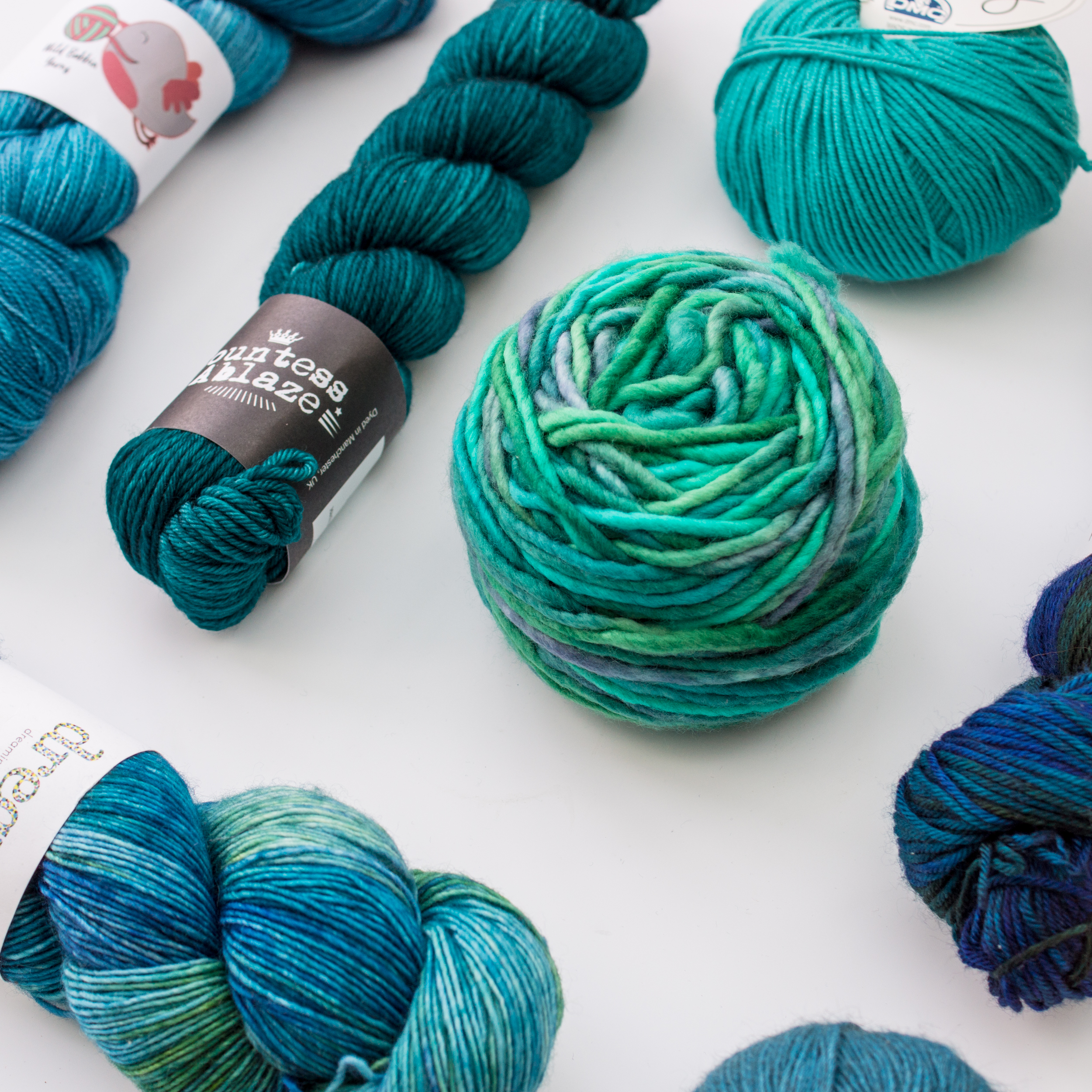
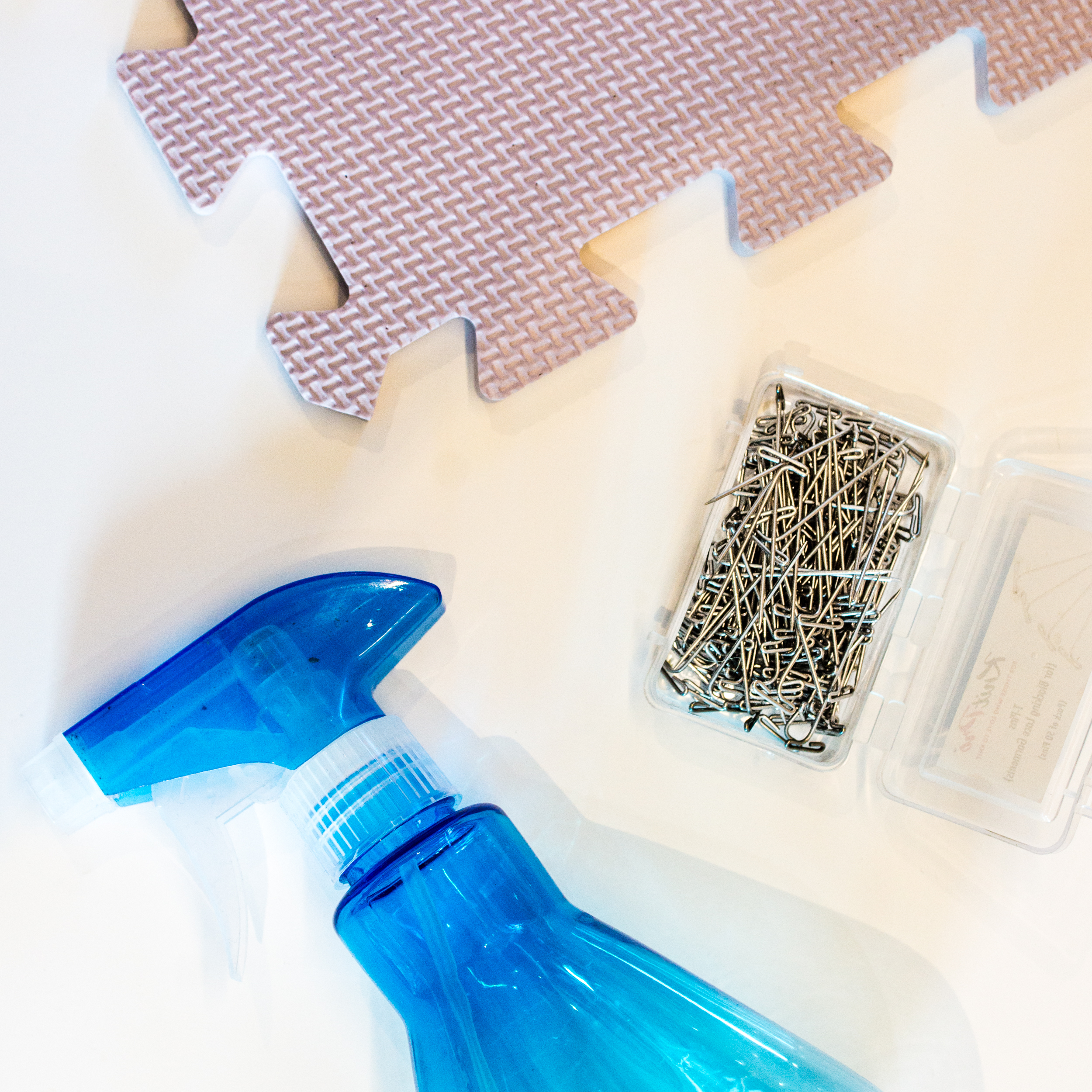



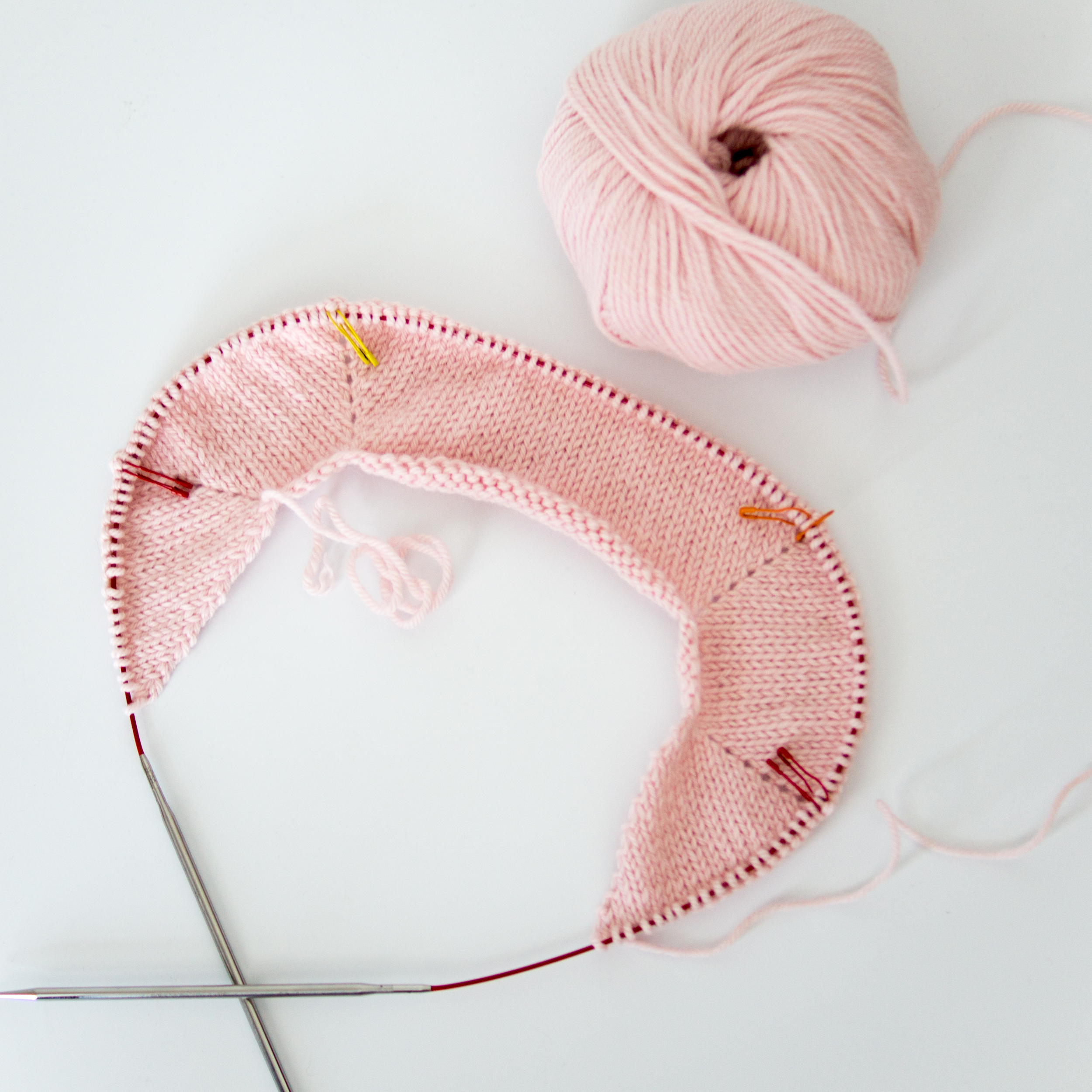
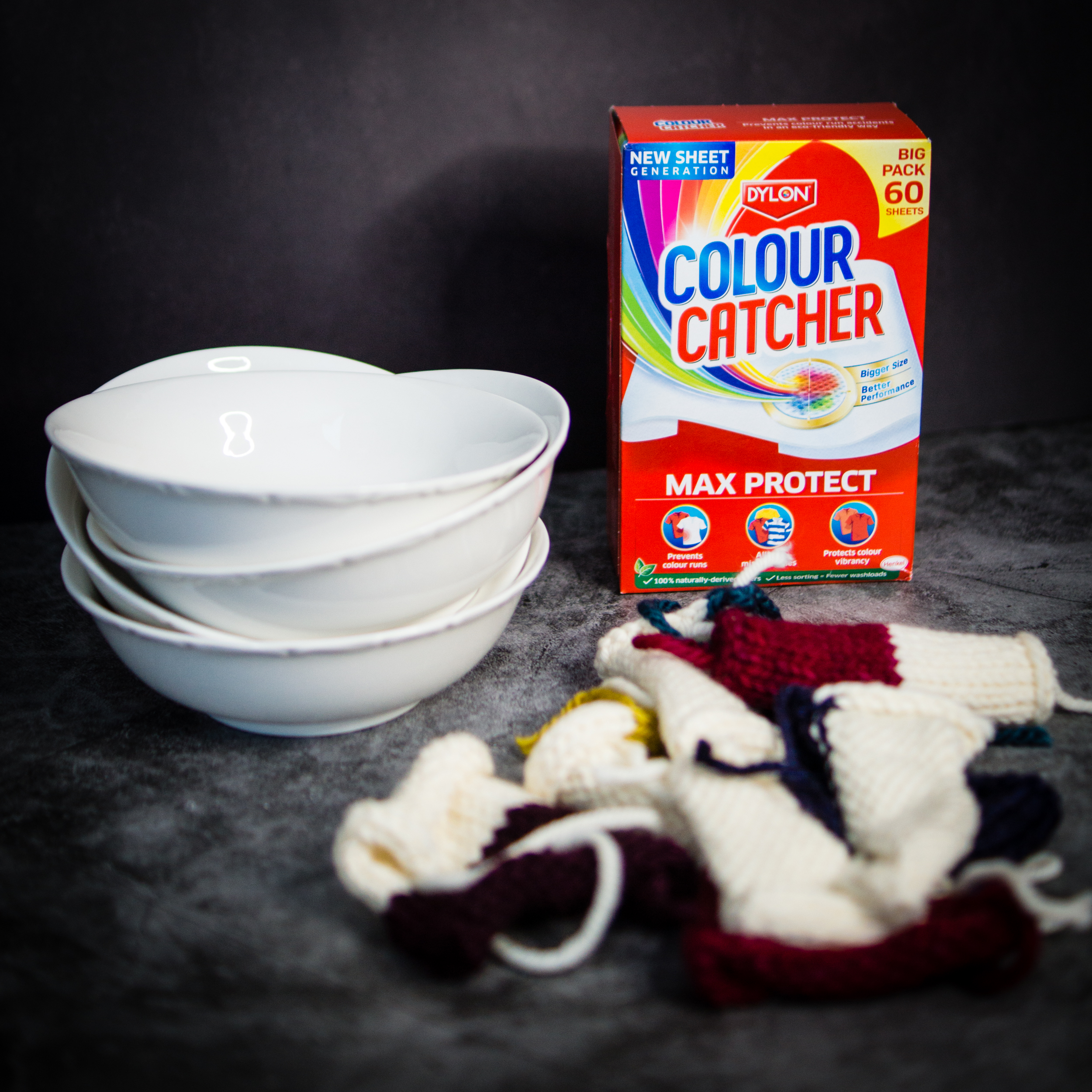
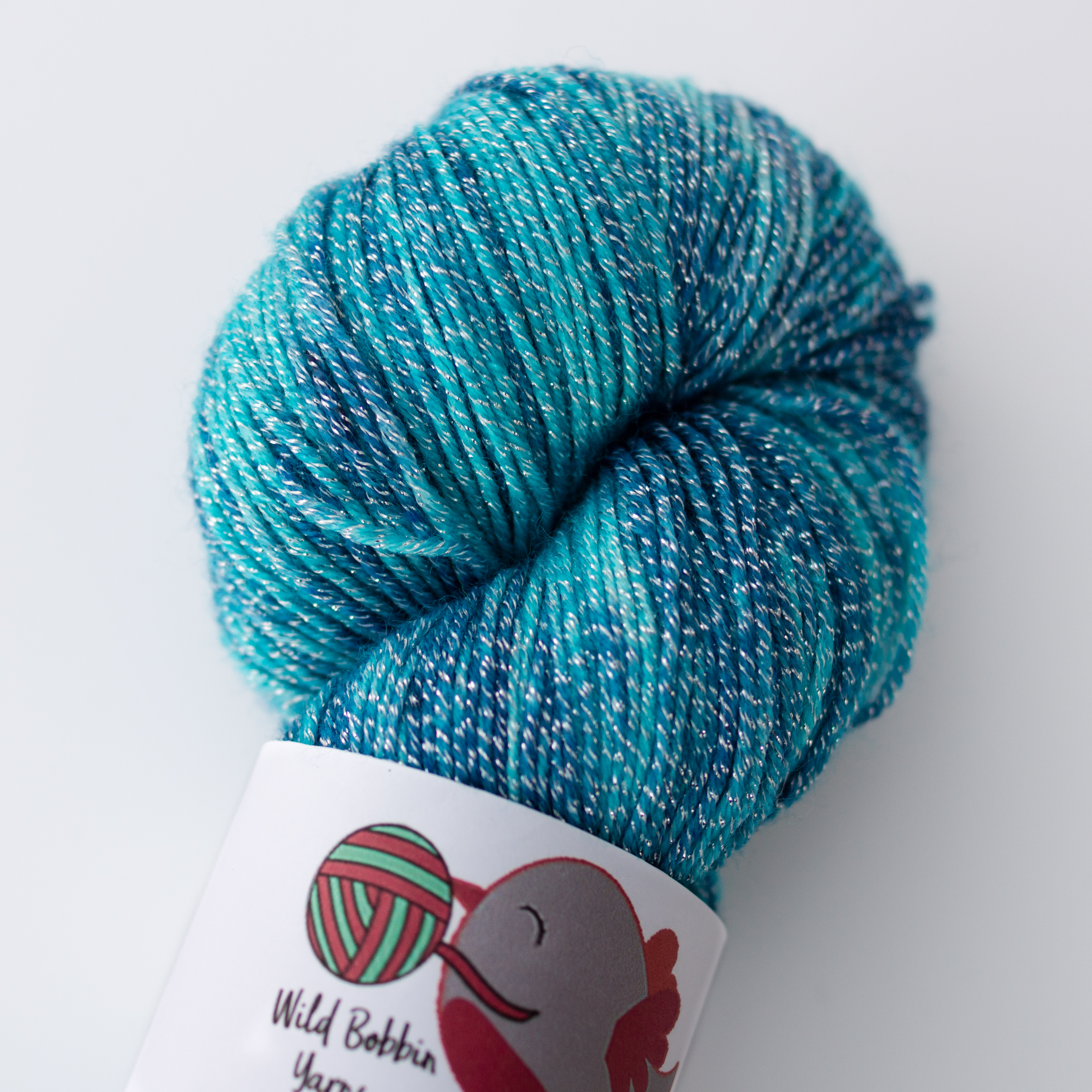
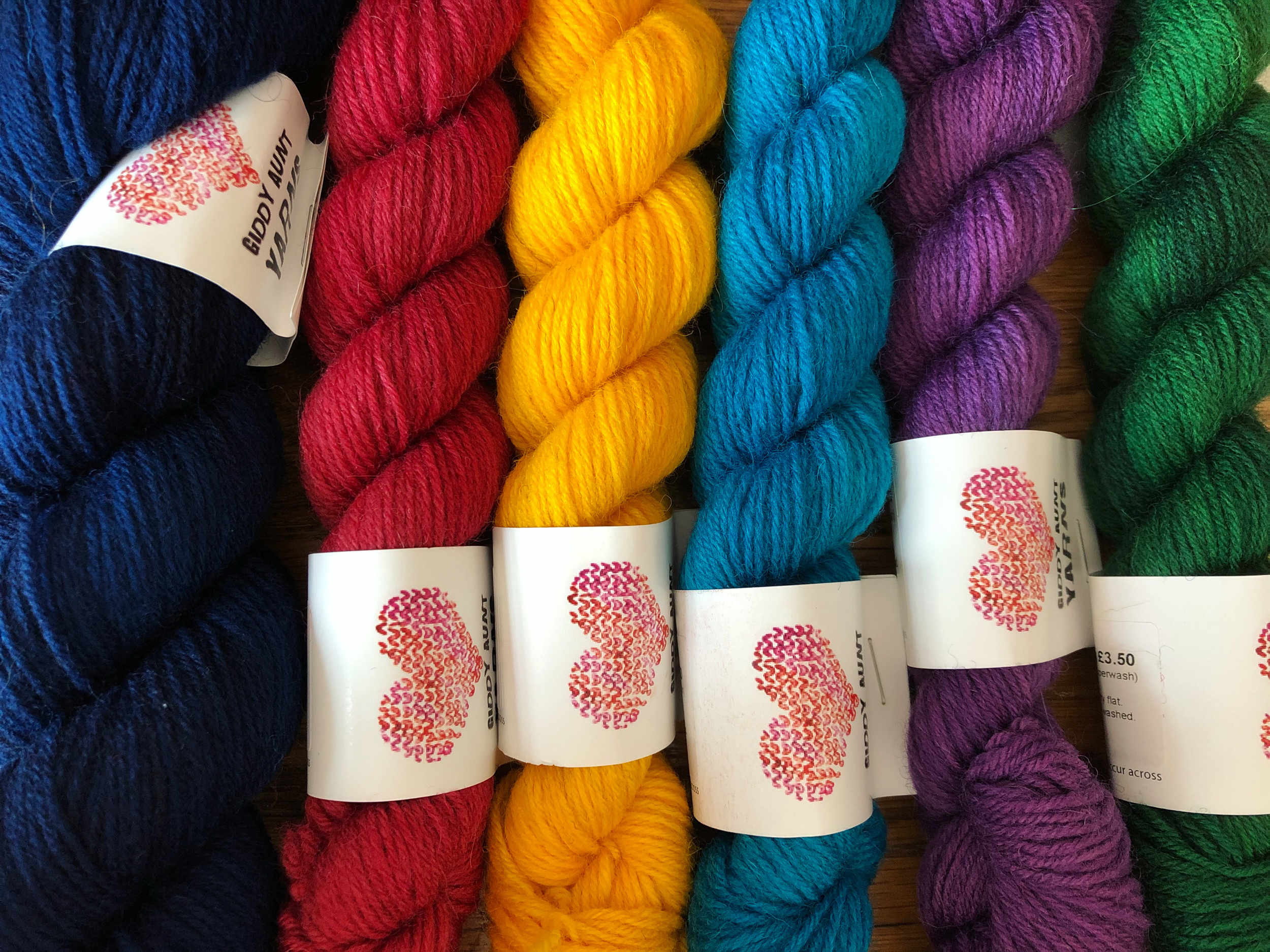
Thank you for this totally new to me insight. Very useful.
I’m so glad it’s useful!